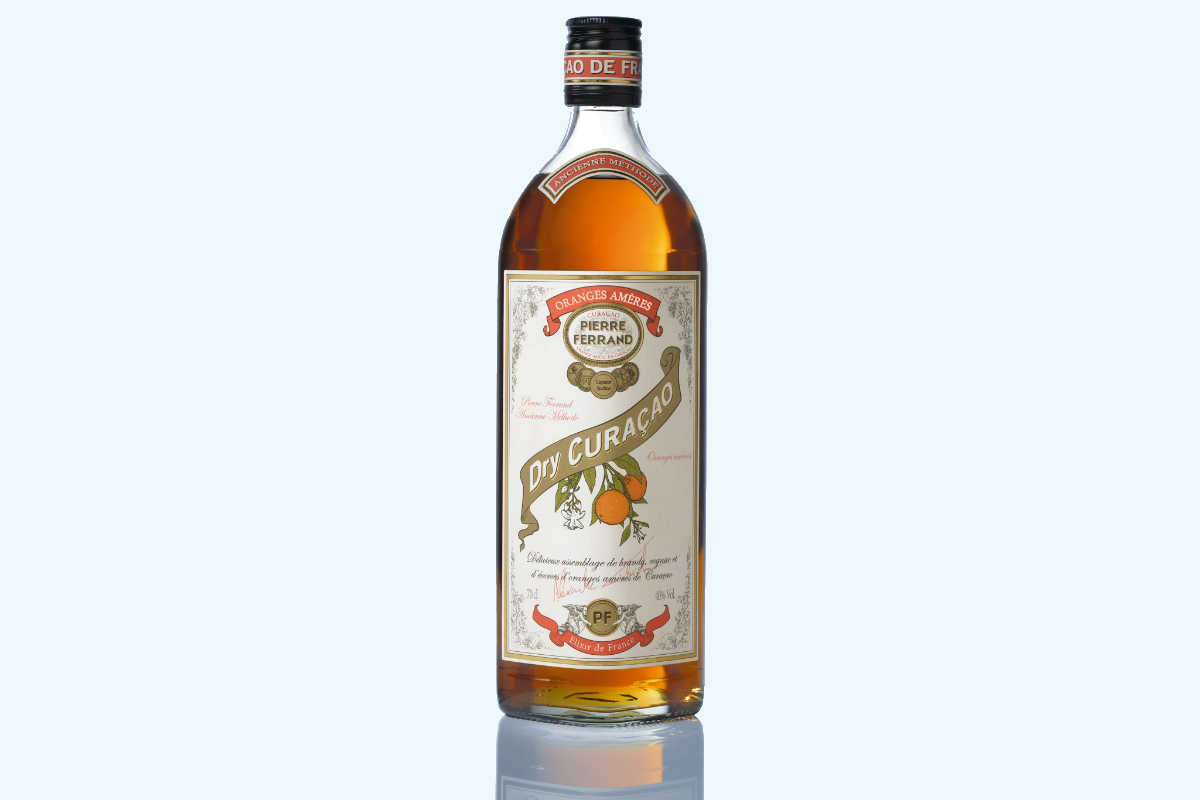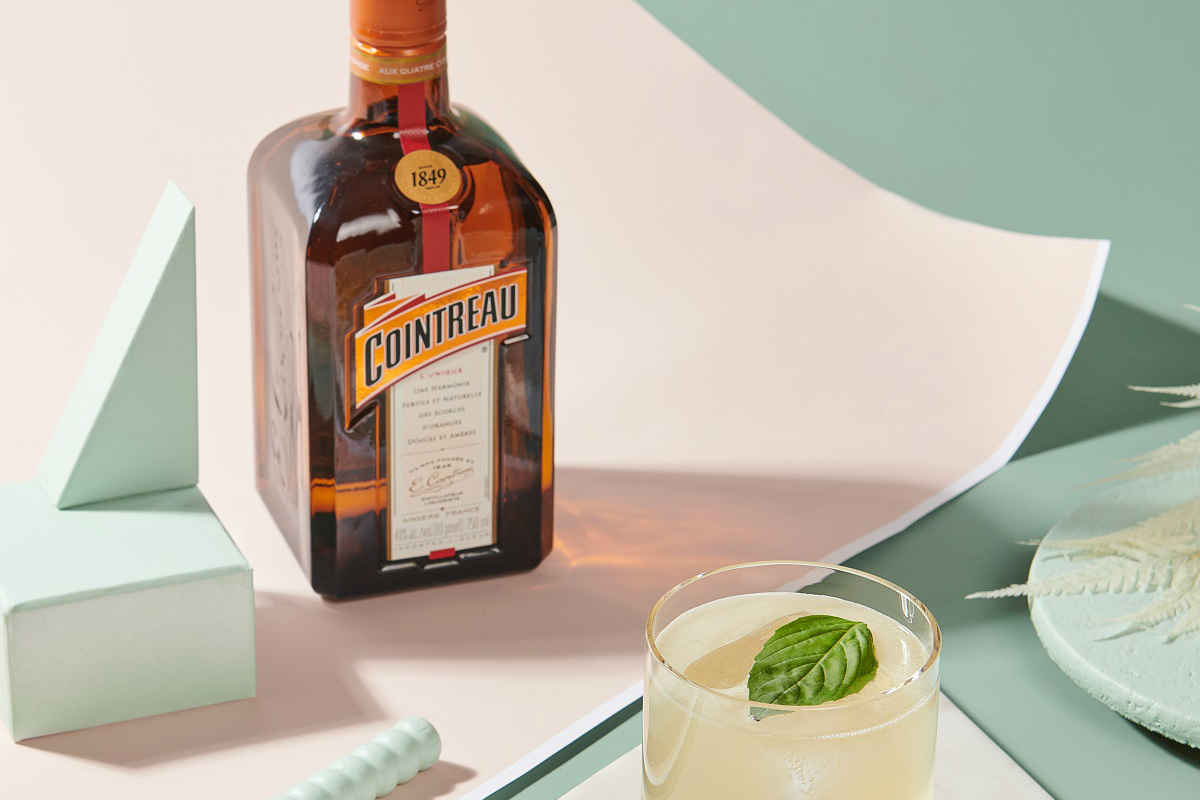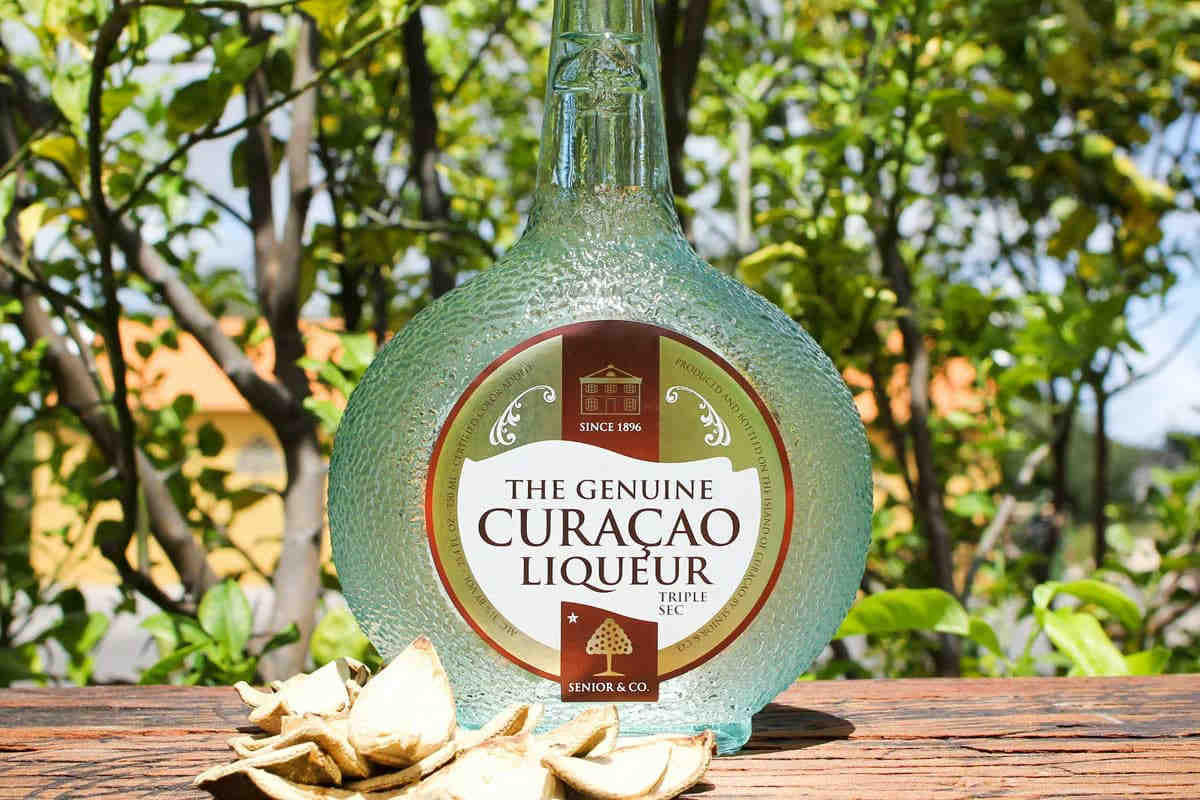Orange may not have a rhyming partner, but it has inspired two broad liqueur categories that can be damnably hard to tell apart: curaçao and triple sec. Together, these loosely defined classifications encompass well-known brands including Cointreau, Combier, Grand Marnier, and more.
What Is Curaçao?
To understand lower-case curaçao, it’s important to start with capital-C Curaçao. Curaçao is a Southern Caribbean island that was colonized by the Dutch and remains a semi-autonomous nation within the Kingdom of the Netherlands to this day. But it was discovered by the Spanish, who introduced the Valencia orange to the island. However, Curaçao’s hot, dry climate turned the oranges bitter to the point of being inedible, and this bastardized citrus breed—called “Laraha” oranges” by the natives, and later “Curaçao oranges”—was largely ignored.
In time, people discovered that the sun-dried peels of the unwanted citrus were remarkably fragrant. The Dutch began macerating the peels in pot-stilled brandy to create a sweet, aromatic liqueur that was called “curaçao.”
But unlike spirits such as Cognac or Champagne, curaçao was not legally bound to production in a single region. Today there is only one distiller of curaçao on the island, Senior & Co., which was founded in 1896. Senior & Co claims to be the only maker still using Laraha orange rinds, which they distill with sugar cane spirit, and they label their products “Genuine Curaçao.”

Maison Ferrand
In time, the French began making their own orange liqueurs, many of which were marketed as curaçao. When Grand Marnier founder Louis-Alexandre Marnier created his spirit by adding bitter Caribbean oranges to Cognac in 1880, he initially called it “Curaçao Marnier.” A contemporary curaçao produced in France—Maison Ferrand’s Dry Curaçao—is based on a 19th century recipe that calls for three distillations of Curaçao orange peels with brandy and Pierre Ferrand Cognac (their use of Curaçao oranges, aka Valraha oranges, seems to contradict the claims made by Senior & Co.).
What Is Triple Sec?
The line dividing triple sec and curaçao is shaky, to say the least. While many of the French producers of orange liqueur in the 19th century initially marketed their products as curaçao, a new term began to appear on labels: “triple sec.”
Both Combier and Cointreau credit themselves for the invention of the category, which means “triple dry” in French. And both brands offer a different explanation for the name. Combier contends that founder Jean-Baptiste Combier created “the world’s first tripe sec” in 1834 by triple-distilling “sun-dried orange peels from the West Indies” with alcohol (today Combier triple-distills the rinds of Haitian and Valencian oranges with a neutral grain spirit).

Cointreau
Cointreau asserts that its namesake, Édouard Cointreau, created triple sec by pioneering a new distillation technique in 1875 that produced a clear spirit that was drier in flavor yet three times more potent in aroma. To back up its contention, the brand points to an 1885 Chamber of Commerce record that cites Cointreau as the first registered triple sec. Today, Cointreau is made by distilling sweet and bitter orange peels with a sugar beet base spirit.
So, What’s the Difference?
As stated, there’s no legal differentiation between curaçao and triple sec. In fact, Senior & Co. uses both terms for its line of orange liqueurs, and Pierre Ferrand Dry Curacao also describes itself as being a “classic French triple sec.” Yet it’s possible to draw two broad distinctions:
- Curaçao is more frequently pot-distilled with brandy, cognac, or sugar cane spirit and has a sweeter quality and a darker coloring.
- Triple sec is more frequently column-distilled with neutral grain spirit and has a drier quality and a clear appearance.
Rather than getting too hung up on these definitions you may want to evaluate each brand on a case-by-case basis, particularly because the lack of definition has allowed some truly rank spirits labeled “curaçao” or “triple sec” to make their way to the bottom shelf. In other words, find what works best for you and whichever drinks you’re trying to create. Whether it can be considered a curaçao or a triple sec matters less than how it tastes in your glass.

Senior & Co.
A Note on Blue Curaçao…
Ah, Blue Curaçao. This barbicide-colored concoction may be responsible for some of the bad rap curaçao gets, but it has little to do with the historical definition of the spirit. In most instances, it’s simply an orange liqueur that has a lower proof and a bright blue hue thanks to artificial coloring. According to their website, Senior & Co. is the only maker of blue curaçao to use Laraha oranges.




I have been looking for true blue (real) curacao but I’ve been unable to find where I may purchase it. The Bols Amsterdam labeled 1575 is all I’ve found in the PA Wine and Spitits Stores. I’ve been told it’s the same as Tripple Sec colored with blue food coloring. Is that correct?
The Valraha oranges grown in Curaçao have a distinctive change from the terior thus the name change. Therefore using the same species but not grown in Curaçao is not technically using Curaçao oranges.